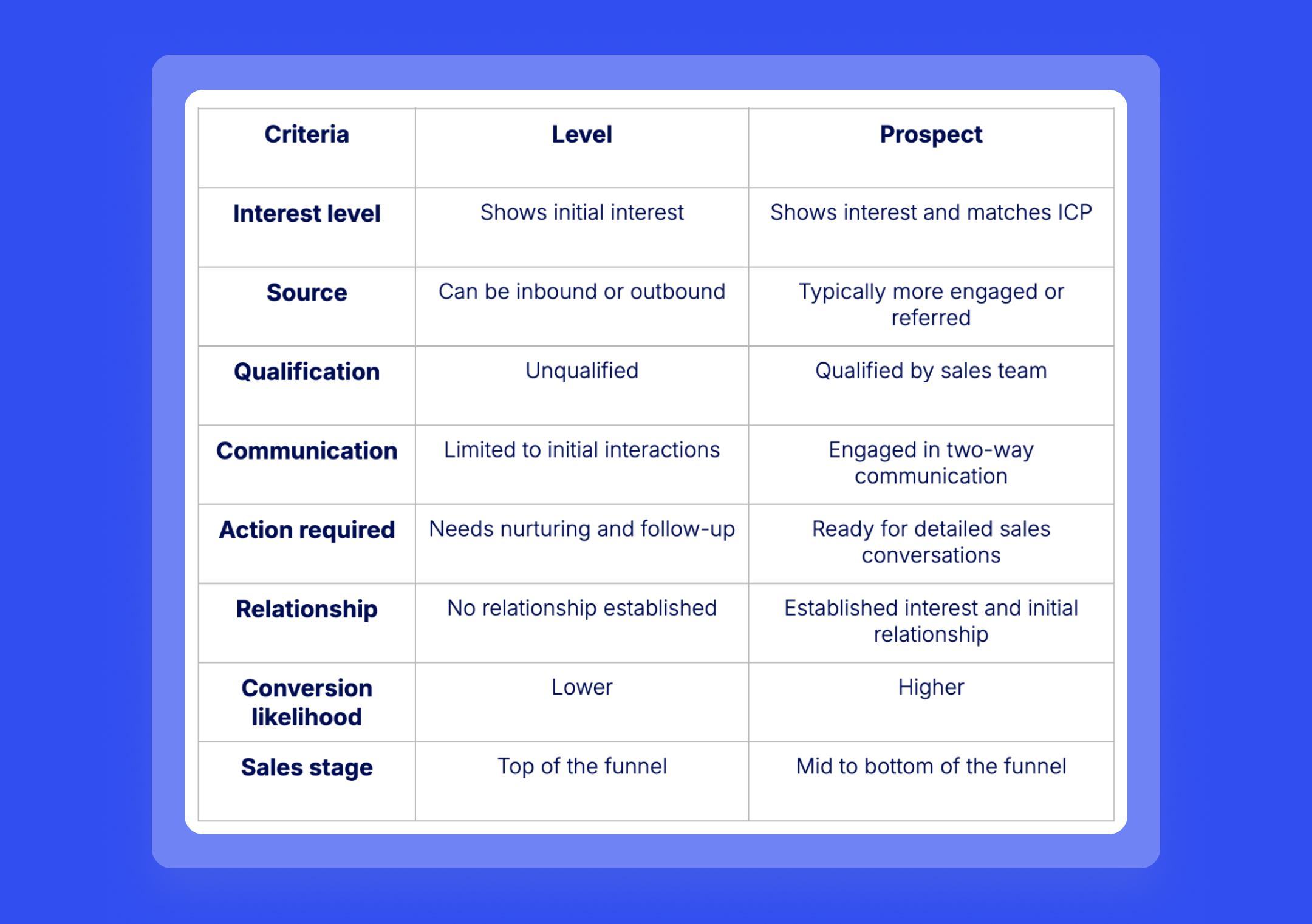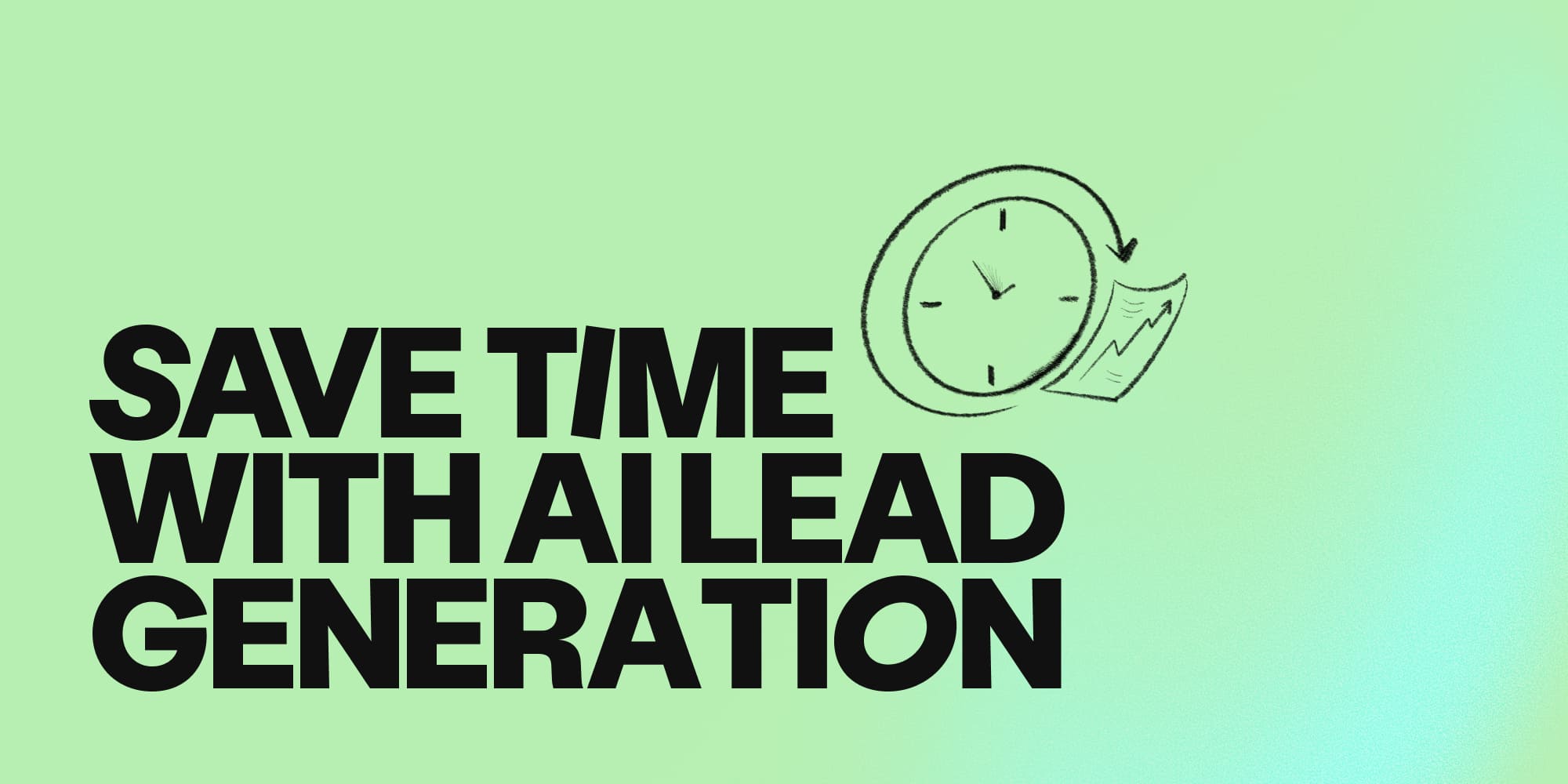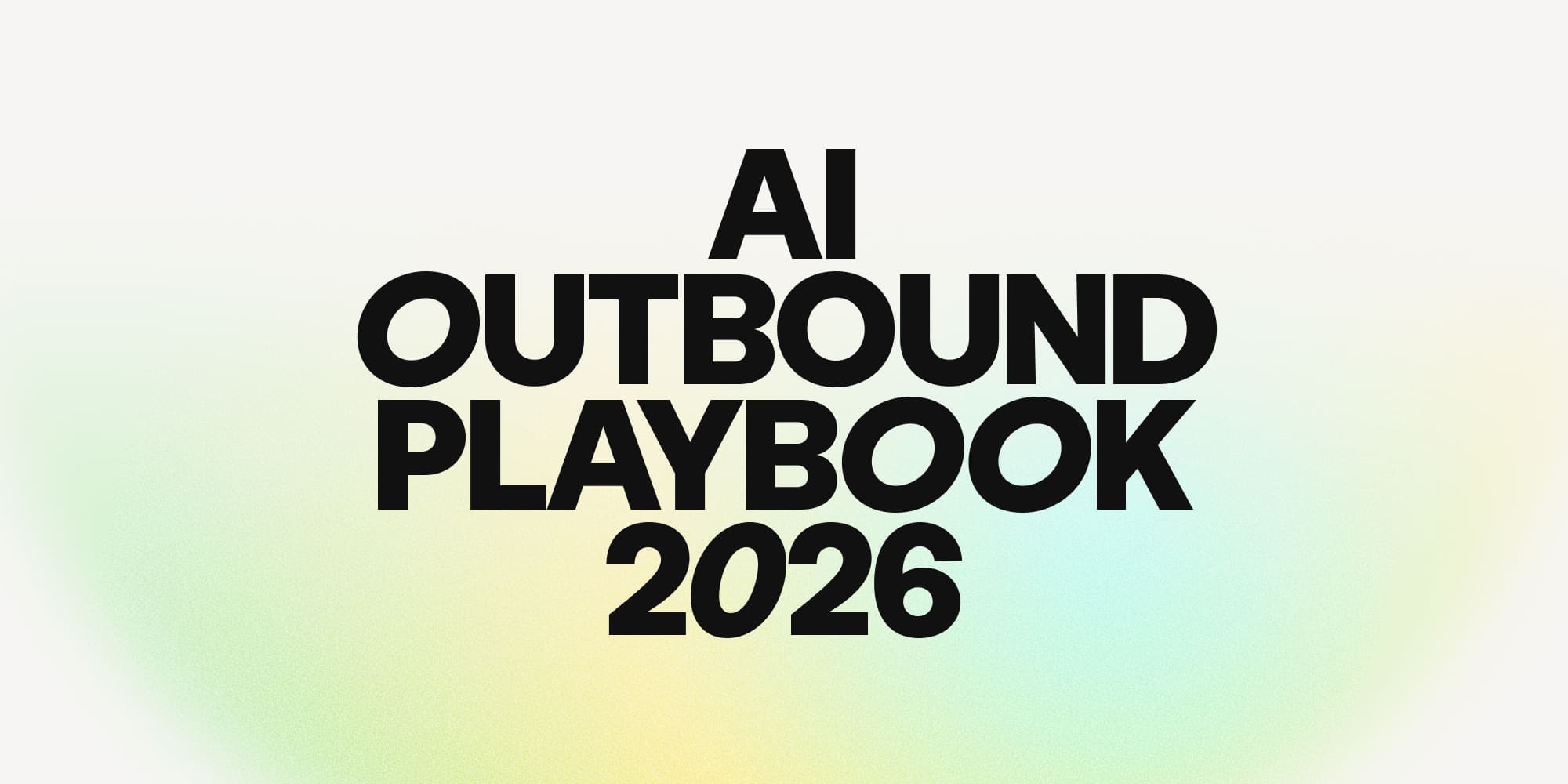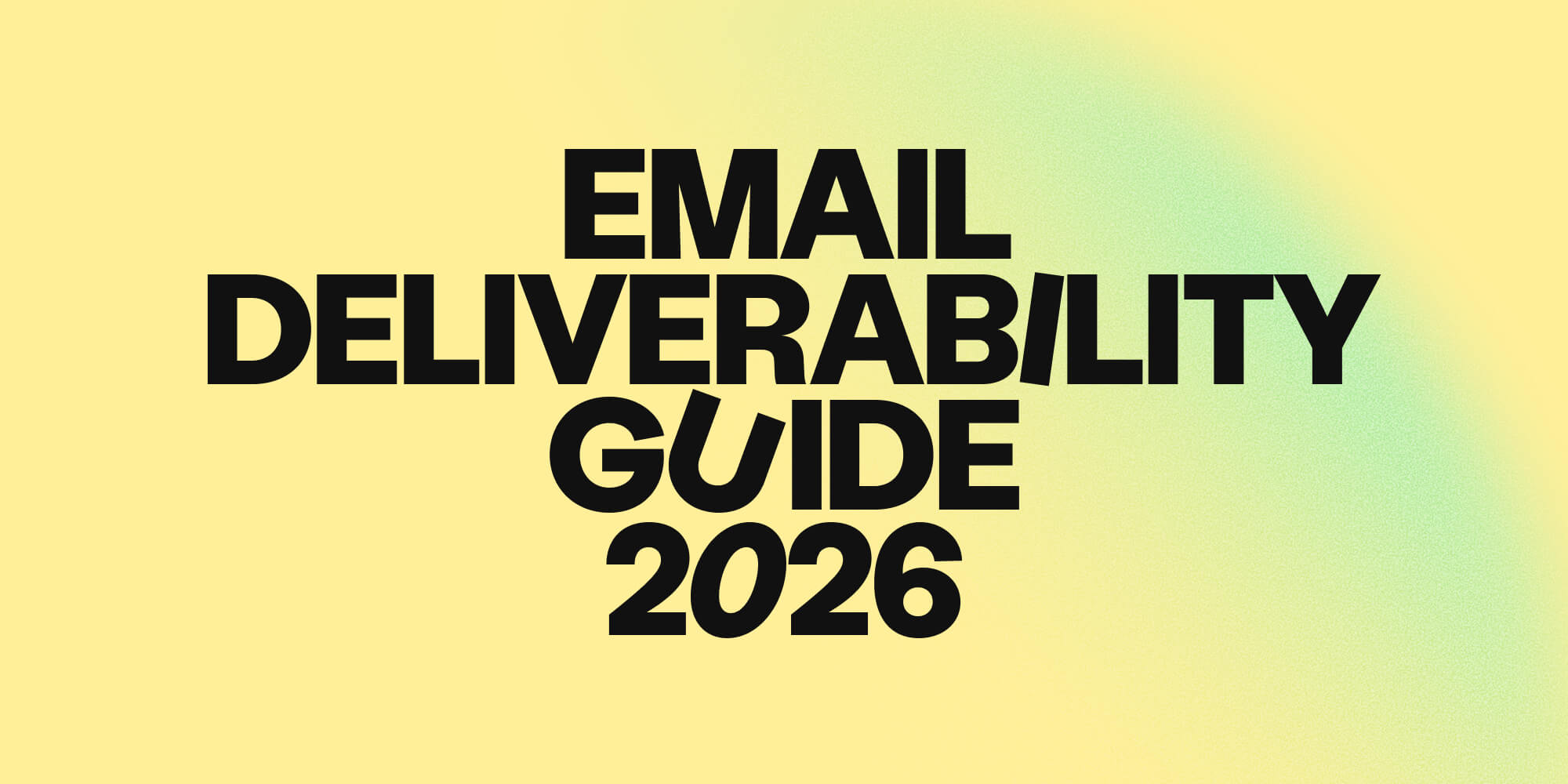What’s the difference between leads and prospects in B2B sales?
•
June 25, 2024
%20(1).jpg)
Aren't leads and prospects the same thing? When does one become the other? And what are we really trying to say when we use these words?
Maybe you've never stopped to examine the difference between "leads" and "prospects", but it does exist. And actually, being able to differentiate between the two will help you understand your sales funnel better, and give you a better sense of where each of your potential customers is on their buyer journey.
Let's take a closer look at the definitions of leads and prospects in B2B sales!
What is a sales lead?
So, which comes first in your sales funnel? A lead or a prospect?
The answer is a lead.
A lead is someone who expresses interest in a product or service that your company offers. These individuals are the foundational contacts for any sales or marketing efforts and sit at the very top of your funnel. You can call someone a "lead" as soon as they demonstrate any level of interest in your company.
B2B lead generation typically occurs through two primary methods:
1. Inbound lead generation
Inbound lead generation refers to when potential customers voluntarily provide their contact information, for example, by completing web forms or subscribing to newsletters.
These leads are often considered "hot" as they've demonstrated a keen interest in your product or service and have actively reached out for your solution. We describe these as "marketing-qualified leads" (MQLs).
Nevertheless, not all inbound leads will qualify as being "sales-ready". For instance, an MQL might be interested in your blog content or educational newsletter, but they might not be interested in investing in your solution.
2. Outbound lead generation
Conversely, outbound lead generation involves sales reps looking for people who match their Ideal Customer Profile and reaching out to them from cold.
Leads are generated as these contacts express interest and confirm their contact details. At this stage, leads may be unqualified (i.e. they may not be ready to buy), but they remain leads whilst further information is gathered about them.
Once leads - inbound or outbound - have a realistic, confirmed interest in buying your solution, they become "sales-qualified leads" (SQLs).
How to turn a B2B lead into a qualified prospect
The process of converting a lead into a qualified prospect primarily involves engagement, whether via your reps, marketing campaigns, or automated sequences.
Your goal is to nurture leads to draw them further down the sales funnel, so it's essential you always include a clear call to action to prompt leads into action that will to qualify them as prospects.
Because you are "funneling" leads into your sales process, you can't expect a 100% conversion rate from your top of funnel leads. Your goal is simply to ensure you're feeding your pipeline with people who fit your Ideal Customer Profile so your conversion rates will be as high as possible.
What is a sales prospect?
A sales prospect is a lead who matches your Ideal Customer Profile and is therefore deemed qualified.
We then have a slight distinction between marketing prospects and sales prospects:
1. Marketing prospects
Marketing prospects are the same as MQLs: contacts who have the potential to become leads but have not yet taken any definitive action. For instance, people who read your newsletter or follow your content on social media.
You will try to turn your marketing prospects into sales prospects by encouraging your contacts to start a conversation with your sales team or to ask for more information on your solution.
2. Sales prospects
You can think of sales prospects like SQLs: they are people who are prepared to engage in a a buying conversation with your sales team.
Calls to action for sales prospects focus on nurturing the conversation until a deal is reached, i.e. attending discovery calls, demos, follow-up meetings, etc.
Leads vs. prospects: key differences
Understanding the difference between leads and prospects helps you tailor your B2B outreach strategies for best effect.
Muddling the two concepts means you run the risk of sending content that isn't quite relevant to your contacts and can lead to you missing opportunities to nurture long-term relationships.

Overall, the primary difference between a lead and a prospect lies in their qualification status:
A sales prospect is a warm lead qualified by the sales team, with a higher likelihood of conversion.
A basic lead is a contact who is unqualified due to the absence of an established relationship.
Amplify your sales funnel conversions with smarter prospecting
If you're for a reliable data provider to fuel your sales pipeline, look no further than Amplemarket!
With the most up-to-date and extensive B2B database in the industry, you can boost your lead generation and uncover more high-quality sale opportunities with ease. With the ability to capture leads from competitor ads and to see who's engaging with your competitors in real time, you can watch your sales cycles accelerate as you double down on perfect-fit prospects. Sign up for a demo to see it in action today!
FAQs on prospect vs. lead
Can a prospect also be referred to as a lead?
A prospect is a lead that has been qualified as a potential customer, matching your Ideal Customer Profile. While all prospects start as leads, not all leads become prospects. The terms are related but signify different stages in the sales process.
Which comes first, lead generation or prospecting?
Lead generation comes first, focusing on attracting and capturing potential customers' interest. Prospecting follows, where sales teams qualify these leads to determine if they are likely to become customers.
How do you convert a lead to a prospect?
To convert a lead to a prospect, engage with them through targeted communication and nurturing activities. This involves understanding their needs, providing relevant information, and prompting them to take actions that demonstrate a higher level of interest and readiness to buy.
What are the 3 stages of prospecting?
The three stages of prospecting are:
- Identifying: Finding potential leads who may be interested in your product or service.
- Qualifying: Evaluating these leads to ensure they meet your Ideal Customer Profile and have genuine interest.
- Engaging: Initiating meaningful interactions to move qualified prospects further down the sales funnel.
Subscribe to Amplemarket Blog
Sales tips, email resources, marketing content, and more.










